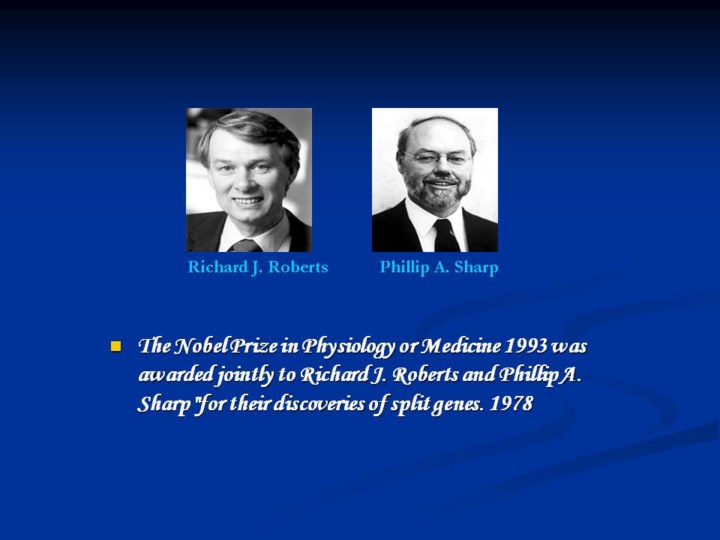 |
During
1970, in some mammalian viruses (e.g. adenoviruses)
it was found that the DNA sequences coding for a polypeptide were not
present continuously but were split into several pieces. Therefore, these
genes were variously named as split genes or introns (Gilbert,
1978), interrupted
genes or intervening
sequences (Lewin,
1980), inserts (Weismann,
1978), Junk
DNA.For
the discovery of split genes in adenoviruses and higher organisms, Richards
J.Roberts and Phillip Sharp were awarded Nobel prize in 1993.
|
